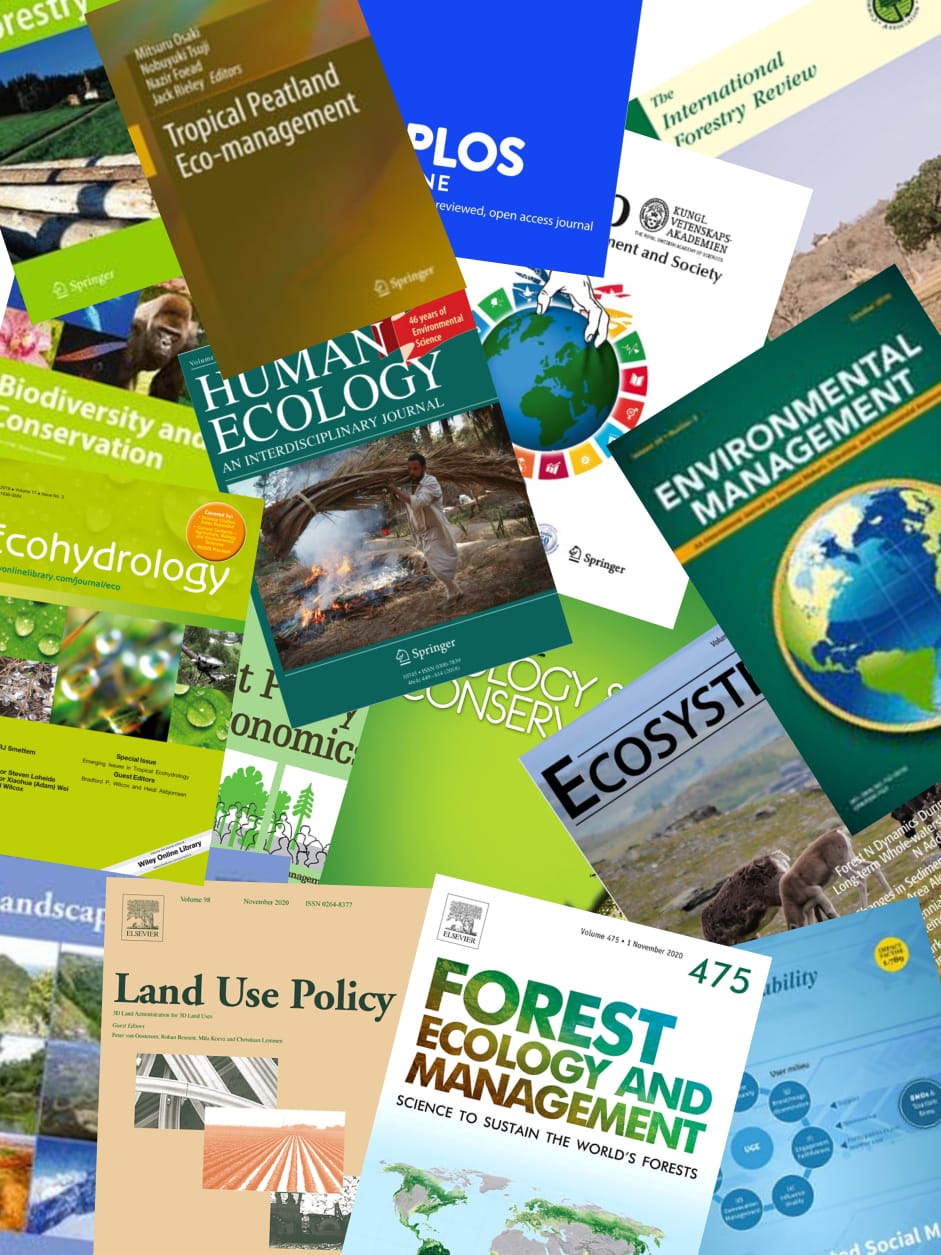Unpredictable conditions of rice cultivation on fragile peatlands in Indonesia due to land-use changes would be an obstacle to agricultural food production and food security. This study aimed to determine the changes in land usage in Bengkulu, from prospective rice fields to oil palm plantations. The study was conducted from June to October 2020 at Air Manjuto irrigation paddy fields in Mukomuko Regency, Bengkulu Province. The analysis used satellite imagery with appropriate resolutions and multitemporal time from the United States Geological Survey's Landsat 5 Thematic Mapper (TM), Landsat 7 Enhanced Thematic Mapper + (ETM+), and Landsat 8 Operational Land Imager (OLI) collected from the years of 2000, 2008, and 2019. (USGS). The landscapes covering the Air Manjuto area were mostly marginal swampy peaty soils with ordo of Inceptisols, Histosols, and Entisols, which favor intensive rice cultivation. Oil palm plantation covers about 80% of the area, and in the last ten years, the cultivation by small-scale farmers increased sharply, about 8,219 ha or 68% from the previous decade, and no bush and bare land. In contrast, rice fields were an extraordinary loss of 6,819 ha or about 74% in the last decade, from 9,187 ha in 2008 to 2,308 ha in 2019. The loss of a huge area for rice cultivation at the Air Manjuto irrigation area threatens production in Bengkulu. The loss should be reversed through supporting infrastructure facilities and incentives, agrochemical subsidies, and agricultural insurances, and no more rice fields should be converted.
View source

